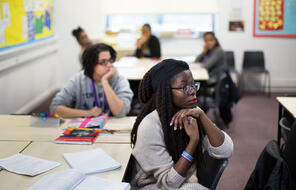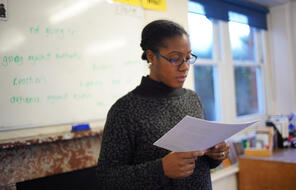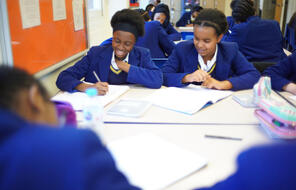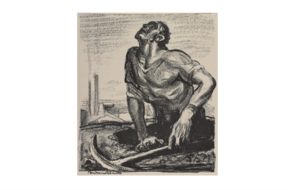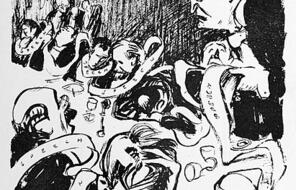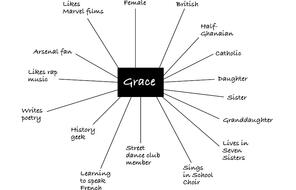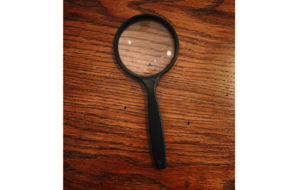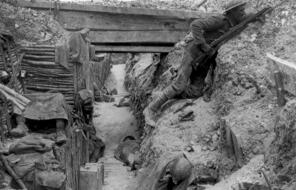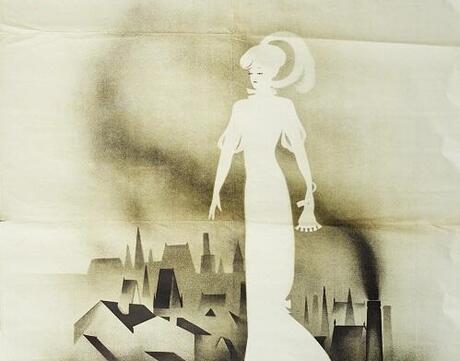
Entering the World of the Play
Duration
Two 50-min class periodsLanguage
English — UKPublished
Overview
About this Lesson
In previous lessons, students prepared to read An Inspector Calls by reflecting on the tension between the individual and the society in which our identities are formed, and by looking at the historical context relevant to the play. This pre-reading exploration not only allowed them to consider the role that societal institutions, social categories and social values play in shaping who we are and our opportunities, but also gave them a solid foundation from which to understand the two contexts of the play: when it was written and when it was set.
As students read through the play in the following lessons, they will connect their examination of the individual and society, and the historical context, to the characters and setting of An Inspector Calls. Literary critic Wayne C. Booth writes that the plots of great stories ‘are built out of the characters’ efforts to face moral choices. In tracing those efforts, we readers stretch our own capacities for thinking about how life should be lived.’ 1 In order to understand the moral choices depicted in An Inspector Calls, we must first look at both the identities of those making moral choices and the context in which they are made. In other words, we must start by examining character and setting, and thinking about how the characters fit into and navigate the world in which they exist. Such exploration not only enables us to better understand the choices that they make in the play, it also paves the way for self-reflection: we are given the tools to reflect on ourselves as individuals and the impact our choices have on others in society.
Before students begin reading the play, they will reflect on what they have learnt in previous lessons about Priestley and the time period, and then examine the book cover and text features to make predictions about what they think the play will be about. This two-part lesson will also introduce students to inferencing and annotation, and students will have the opportunity to work in groups and do some drama work using the script. Drama activities, in which students adopt the voice and perspective of a character, are useful in encouraging students to push themselves beyond their own experiences and to empathise with others. Finally, students will consider the symbolic significance of props, and by so doing, will think about how certain characteristics manifest themselves and what they suggest about our experiences and values.
The activities in this lesson refer to pages 1–5 of the Heinemann edition of An Inspector Calls.
- 1Wayne C. Booth, The Company We Keep: An Ethics of Fiction (Berkeley: University of California Press, 1988), 187.
Preparing to Teach
A Note to Teachers
Before teaching this lesson, please review the following information to help guide your preparation process.
Lesson Plans
Part I Activities
Part II Activities
Extension Activities
Homework Suggestion
Materials and Downloads
Unlimited Access to Learning. More Added Every Month.
Facing History & Ourselves is designed for educators who want to help students explore identity, think critically, grow emotionally, act ethically, and participate in civic life. It’s hard work, so we’ve developed some go-to professional learning opportunities to help you along the way.
Exploring ELA Text Selection with Julia Torres
On-Demand

Working for Justice, Equity and Civic Agency in Our Schools: A Conversation with Clint Smith
On-Demand

Centering Student Voices to Build Community and Agency
On-Demand




